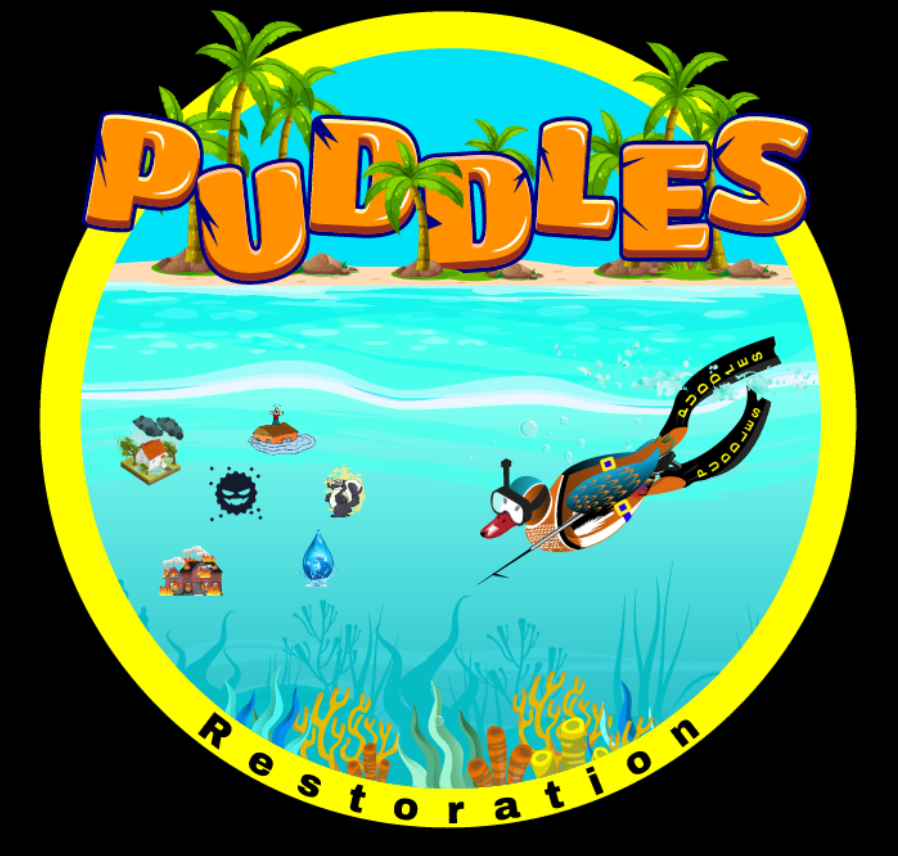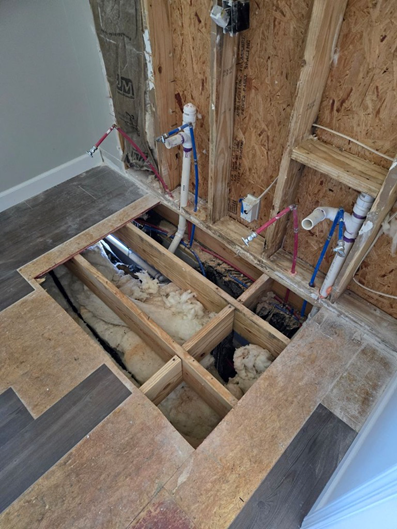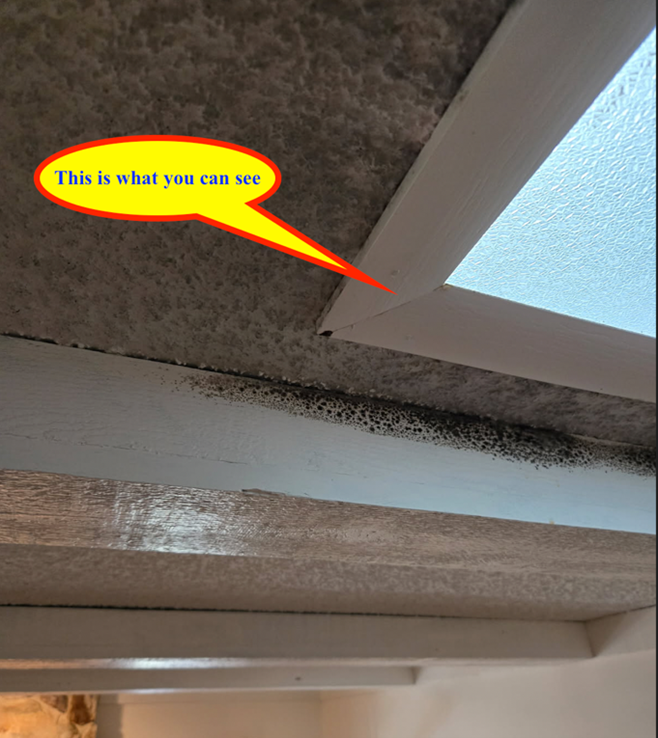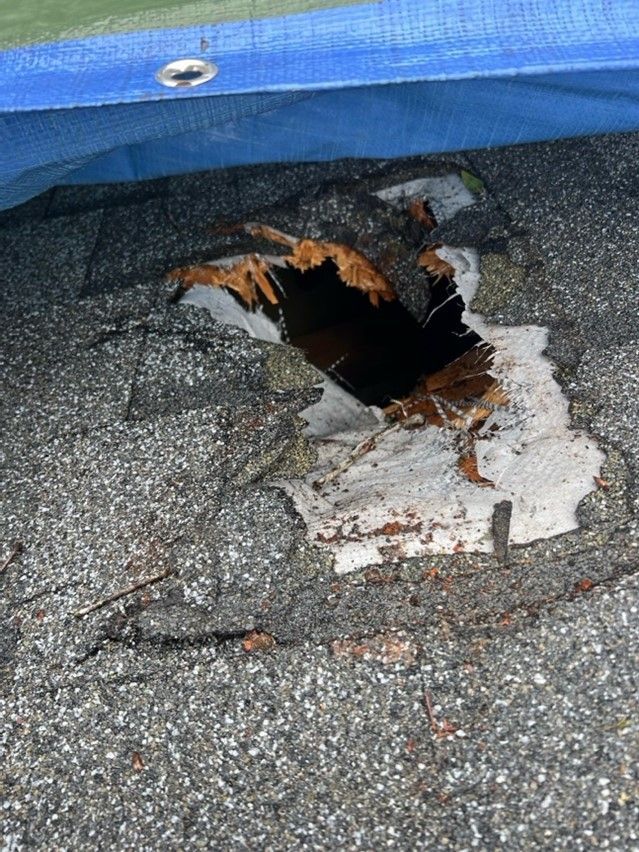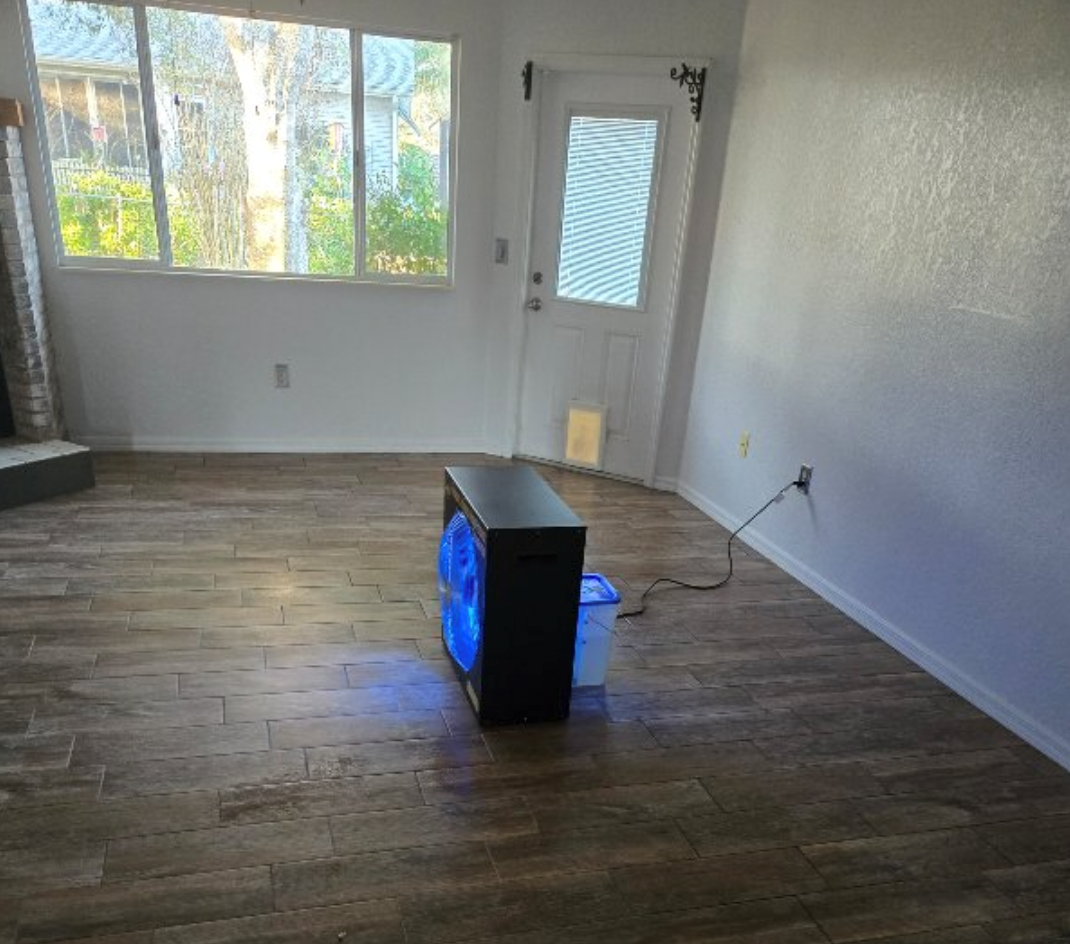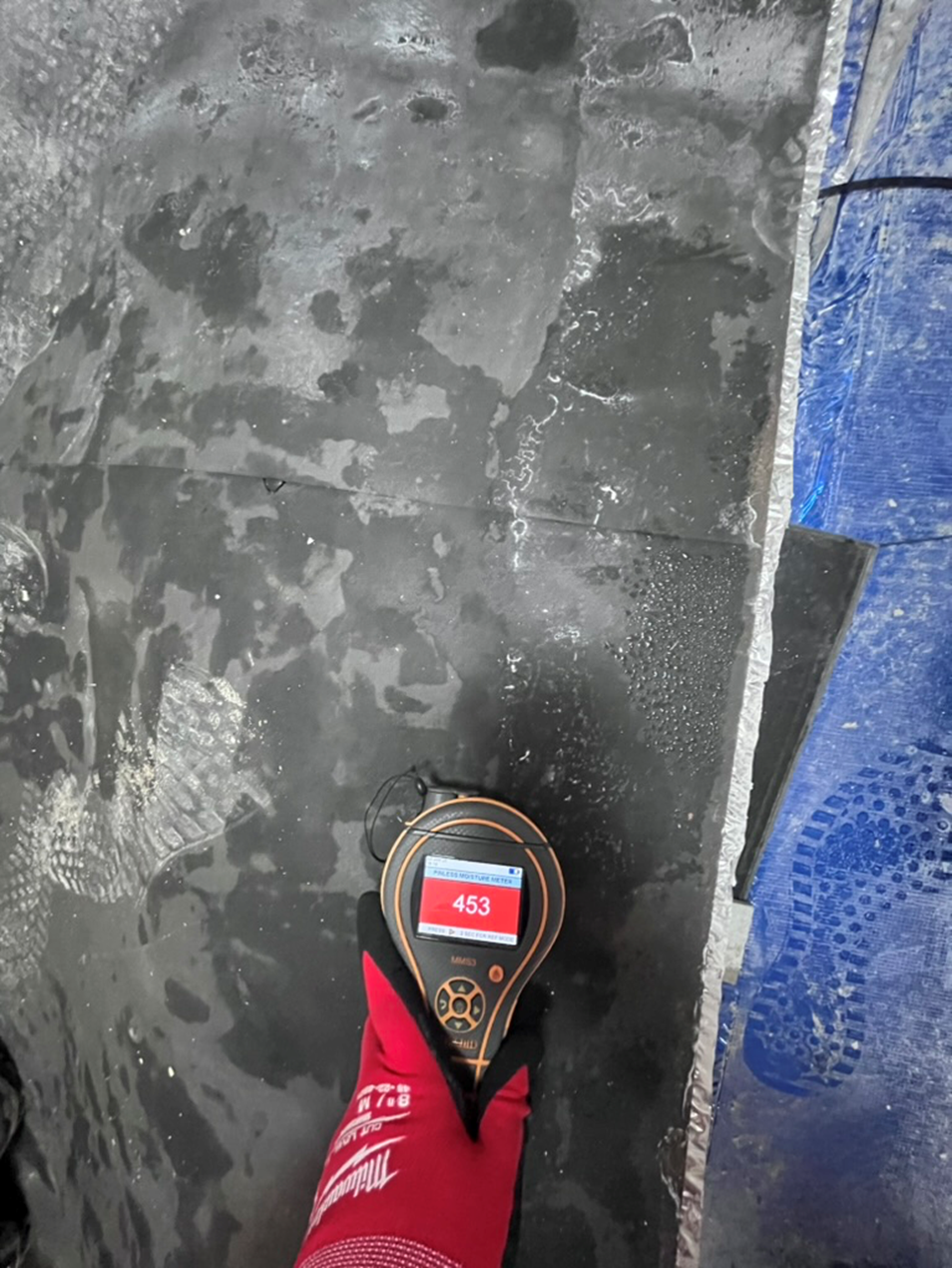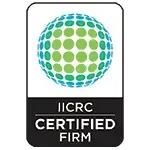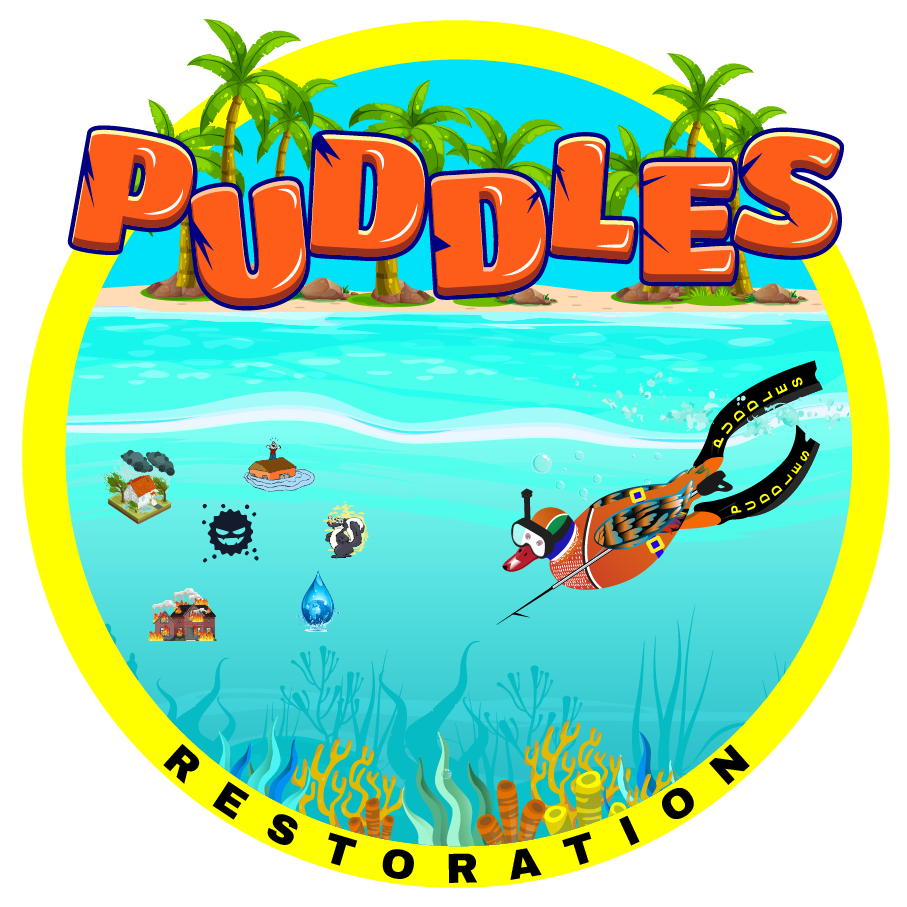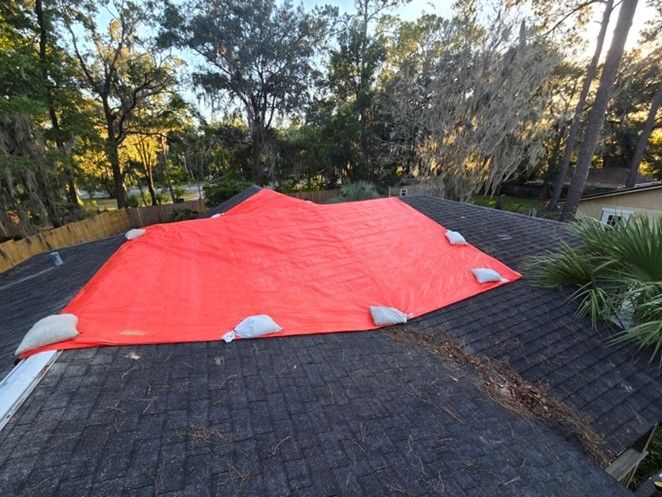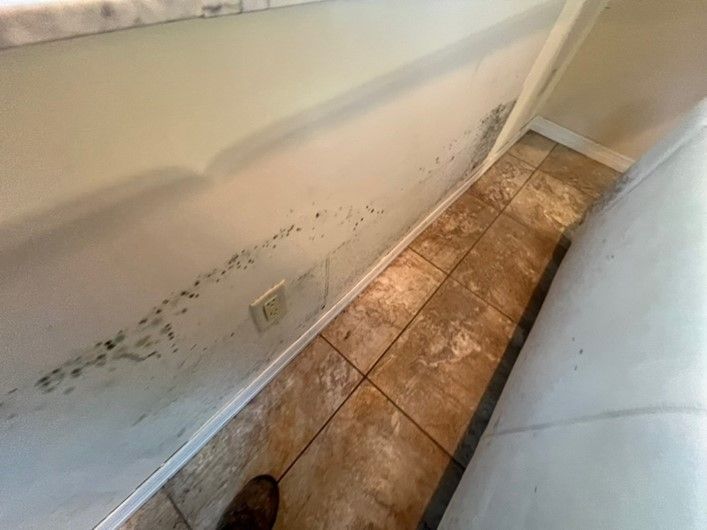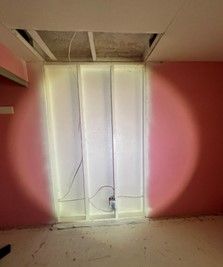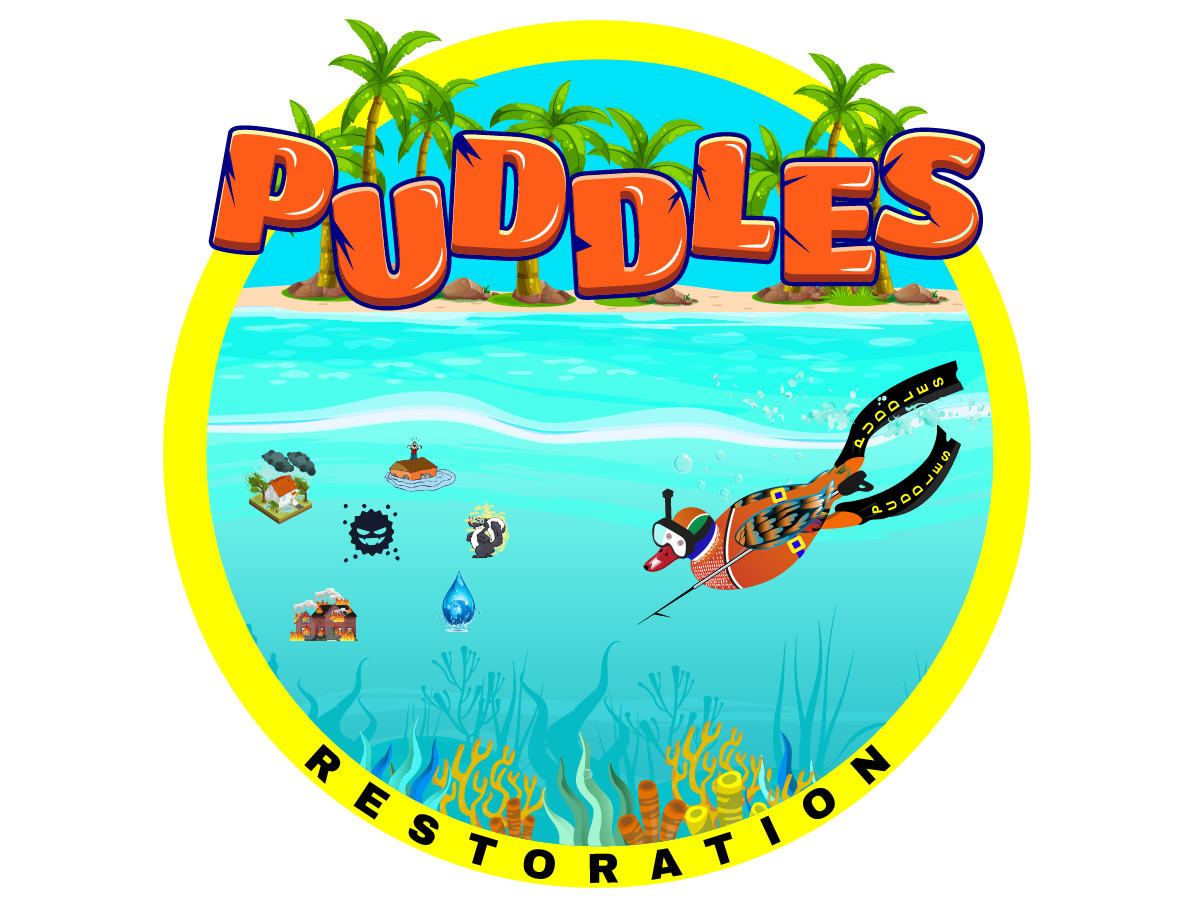How Double Drywall Traps Moisture and Contributes to Mold Growth Understanding the Risks and Preventative Measures
Introduction
Drywall, a ubiquitous material in modern construction, is favored for its versatility, ease of installation, and cost-effectiveness. However, when used in double layers, it can pose significant risks related to moisture entrapment and mold growth. This document aims to explore how double drywall traps moisture, the subsequent development of mold, and the preventative measures that can be taken to mitigate these issues.
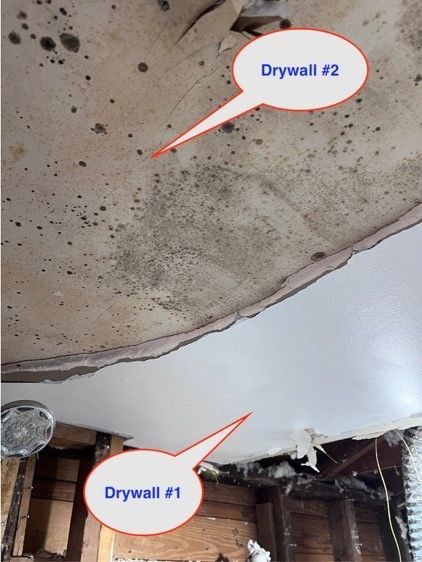
The Mechanics of Moisture Entrapment in Double Drywall
Construction and Installation Factors
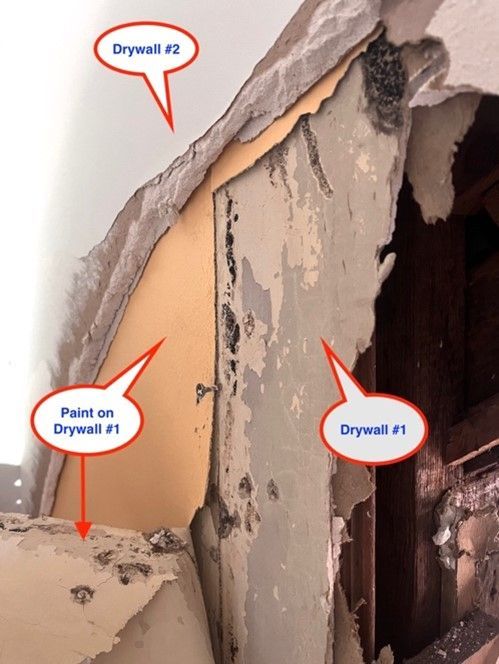
Double drywall systems typically involve the installation of two layers of gypsum board to achieve improved soundproofing, fire resistance, and thermal insulation. While these benefits are notable, the double layering can create a micro-environment where moisture can become trapped.
During construction, if the underlying wooden or metal studs are not adequately protected or if the building envelope is compromised, moisture can infiltrate the wall cavity. This is particularly problematic in areas with high humidity (e.g., bathrooms) or where the building is exposed to water ingress through leaks, condensation, or groundwater seepage.
Construction and Installation Factors
Once moisture gains access to the space between the drywall layers, it can become trapped. Gypsum, the primary component of drywall, is a porous material that readily absorbs moisture. The presence of two layers exacerbates this issue, as the moisture has fewer avenues for escape. Over time, the accumulation of moisture within the layers can lead to saturation, creating an ideal breeding ground for mold spores.
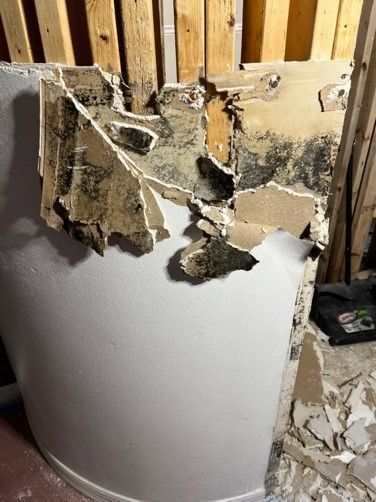
The Impact of Mold Growth
Mold Life Cycle
Mold is a type of fungus that thrives in damp, warm environments. The life cycle of mold begins with the presence of mold spores, which are microscopic and ubiquitous in both indoor and outdoor environments. When these spores land on a damp surface, such as a wet drywall layer, they can germinate and form mold colonies.
Health Risks
Mold growth within double drywall systems poses significant health risks. Mold can release allergens, irritants, and mycotoxins into the air, which can be harmful when inhaled. Exposure to mold can cause respiratory symptoms, allergic reactions, and exacerbate conditions such as asthma. Long-term exposure can lead to more severe health issues, particularly in vulnerable populations such as the elderly, children, and individuals with compromised immune systems.
Structural Damage
Beyond health concerns, mold growth can compromise the structural integrity of the building. As mold feeds on organic materials within the drywall, it can weaken the boards, leading to potential collapse or the need for extensive repairs. This can result in significant financial costs and disruptions to the building's occupants.
Preventative Measures and Solutions
Proper Construction Practices
To prevent moisture entrapment and subsequent mold growth in double drywall systems, it is crucial to adhere to proper construction practices. This includes ensuring that the building envelope is sealed and waterproofed effectively, using vapor barriers, and applying moisture-resistant materials where appropriate. Additionally, adequate ventilation must be provided to allow any trapped moisture to escape.
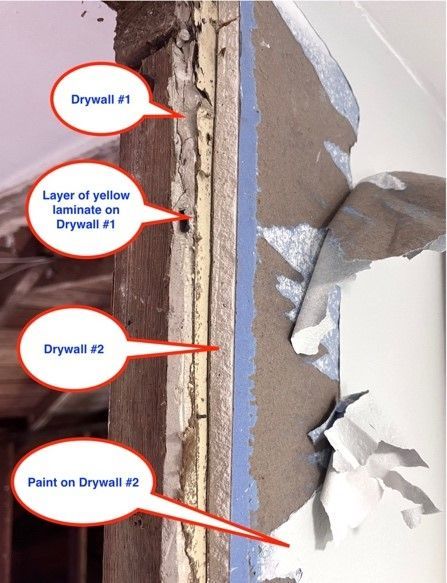
Moisture Control
Active moisture control measures are essential in preventing mold growth. This involves regular inspection and maintenance of plumbing, HVAC systems, and exterior elements such as roofs and gutters to identify and address any potential sources of moisture. Dehumidifiers and air conditioning systems can also help control indoor humidity levels, reducing the risk of condensation within walls.
Mold-Resistant Materials
Using mold-resistant drywall and other building materials can significantly reduce the risk of mold growth. Mold-resistant drywall is treated with additives that inhibit mold development, making it a preferable choice for areas prone to moisture, such as basements, bathrooms, and kitchens.
Professional Inspection and Remediation
In cases where mold growth is suspected or detected, it is advisable to seek professional inspection from a licensed mold assessor and remediation services from PUDDLES Restoration. Mold remediation specialists can assess the extent of the mold problem, identify the source of moisture, and implement effective removal and prevention strategies. This ensures that the mold is eradicated safely.
Conclusion
While double drywall systems offer several benefits in construction, they also pose significant risks related to moisture entrapment and mold growth. Understanding the mechanics of moisture accumulation, the impact of mold on health and structural integrity, and implementing preventative measures are critical in mitigating these risks. Through proper construction practices, moisture control, the use of mold-resistant materials, and professional remediation, the dangers associated with double drywall can be effectively managed, ensuring a safe and healthy indoor environment.
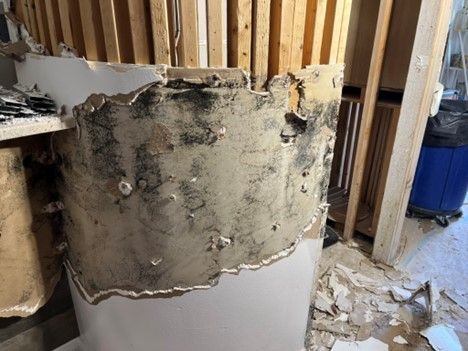
Contact PUDDLES Restoration today and let us help you protect your health and property from the harmful effects of mold.
PUDDLES Restoration
Website: www.PUDDLESrestoration.com
Phone: (352) 722-3790
Email:
info@PUDDLESrestoration.com
